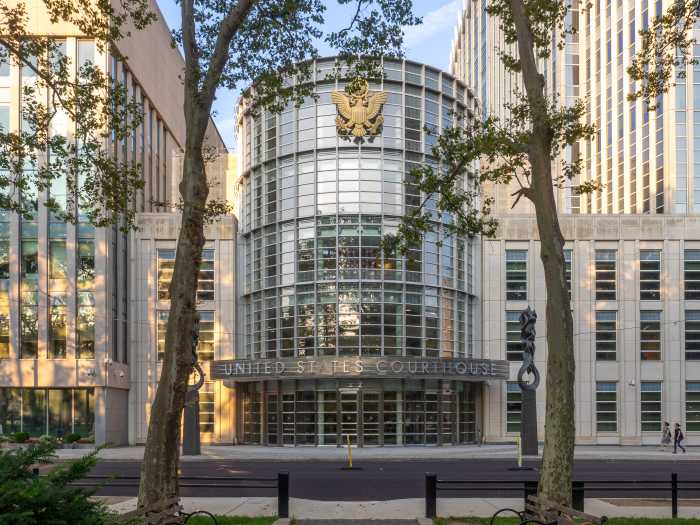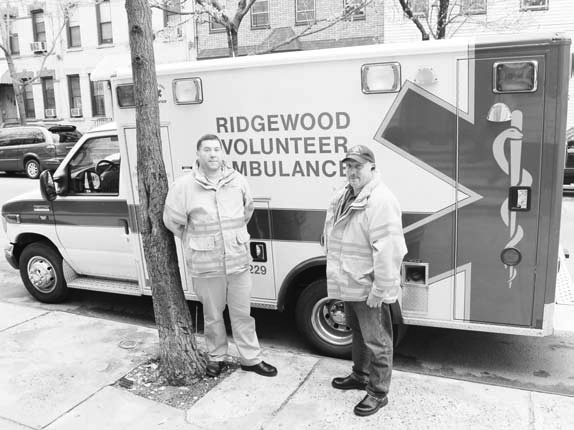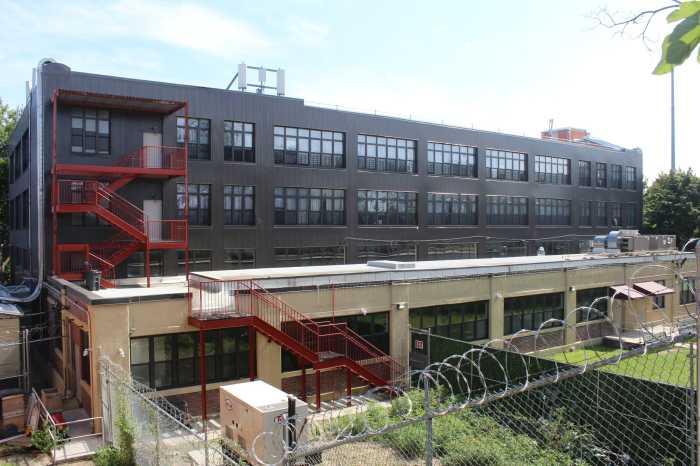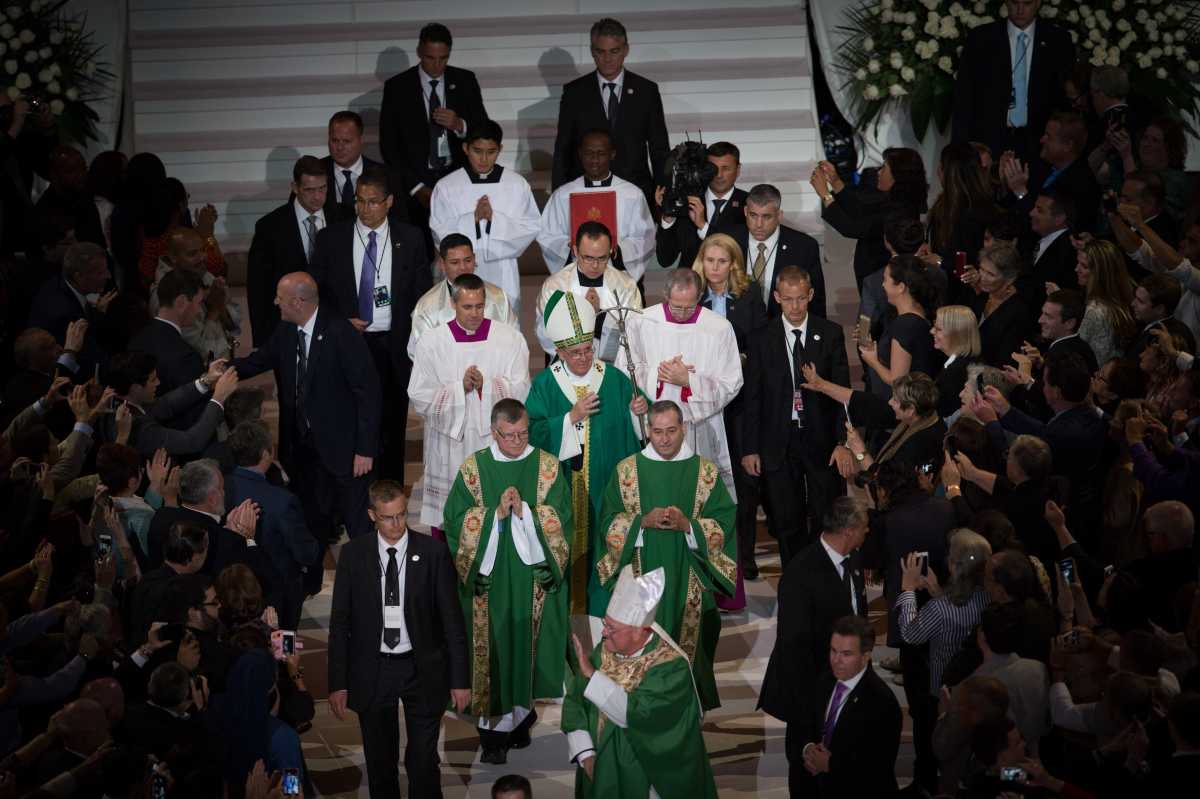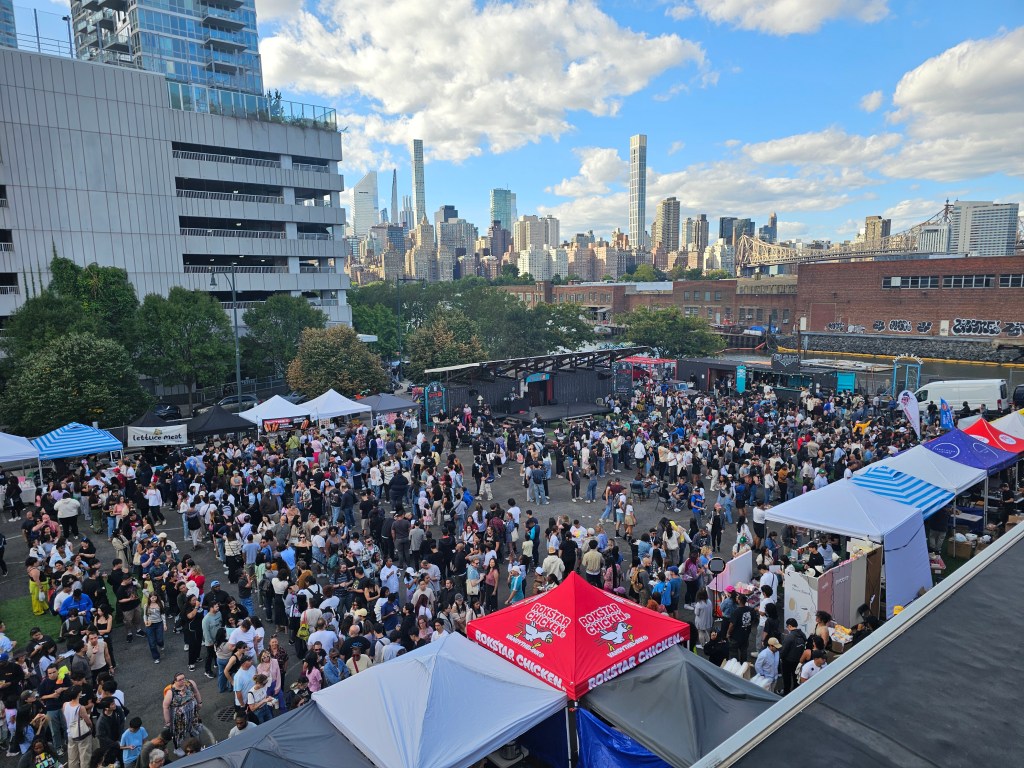The United States declared war on Japan on Dec. 8, 1941, one day after the Japanese attacked Pearl Harbor. Nazi Germany declared war on the United States on that same Dec. 8, and America was thrust into World War II.
Many of Glendale’s young men and women joined the U.S. Armed Forces and the Merchant Marines to serve their country.
Msgr. Herman Pfeifer of St. Pancras Church permitted the Glendale Post of the American Legion and the United Organizations of Glendale to erect a large billboard on the church property at the southeast corner of Myrtle Avenue and 68th Street, which today is the site of the now-closed St. Pancras School.
In 1940, St. Pancras Church moved their three-story brick rectory from the southeast corner of Myrtle Avenue and 68th Street to the west side of 68th Street, right next to the church. Moving the rectory made room for the new school, but the war delayed its construction until 1952, when ground was finally broken. The new school was completed a year later.
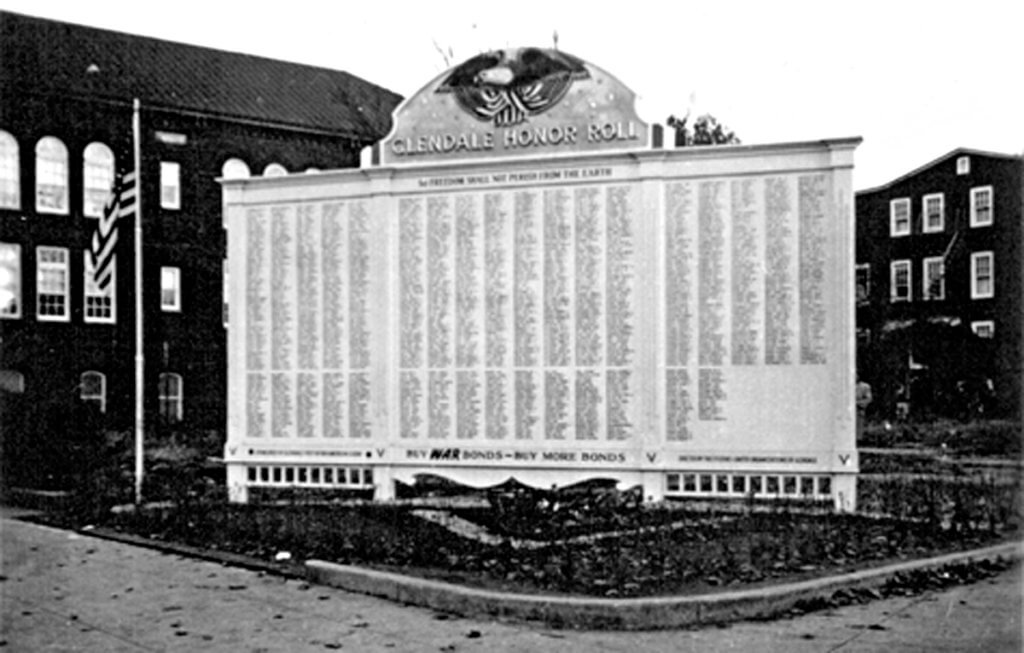
The billboard, designed and constructed by L.J. Schmidt of Glendale, was erected in 1942. As of 1943, the Glendale Honor Roll (as it was called) bore the names of 1,263 listed in service in the U.S. Armed Forces.
By the time the war ended in 1945, there were some 2,000 from Glendale who had served; about 30 of them had been killed in combat. One of those who perished on the battlefield was Sergeant Edward Miller; the Veterans of Foreign Wars Post 7336 was named in his honor.
Many honor rolls popped up across our neighborhood to honor the local residents who went off into battle. Another well-known honor roll in Glendale was located at the corner of 75th Avenue and 60th Lane, and was formally dedicated on May 9, 1943.
The Selective Service Draft Board for Glendale was located in a storefront on the north side of Myrtle Avenue near 78th Street. On April 17, 1942, a large contingent of Glendale’s young men were inducted into service. They gathered that morning in front of the draft board. A special trolley car was reserved to take them to Ridgewood, where they boarded a subway and proceeded on to South Ferry at the lower tip of Manhattan.
There, they boarded a ferry to Fort Jay on Governors Island to begin preparing for deployment.
It happened to be a rainy, blustery day in Glendale that morning, and the mother of one of the inductees brought her umbrella as she saw her son off.
The head of the draft board started to make a patriotic speech to the young men who were leaving. For whatever reason, this particular mother didn’t appreciate his remarks, and she proceeded to whack him on the head with her furled umbrella, thus bringing the draft board head’s speech to an end.
Glendale, of course, produced its share of heroes during the Second World War. The Ridgewood Times reported on one of them in its Feb. 2, 1945, issue.

The story, titled “Award Glendaler the Navy Cross,” is as follows:
The Bronze Star Medal he received last spring for heroism in the Pacific has been supplemented by the Navy Cross, Lieutenant Commander Charles R. Stephan of Glendale, a veteran of 10 years at sea on Navy fighting ships, has been informed.
Recently assigned to command of naval training units at Rensselaer Polytechnic Institute, Troy, Commander Stephan was awarded the Navy Cross for his achievements in the Philippine-Formosa area in October, while in command of a destroyer stationed out from the fleet as a picket ship.
His citation credited him with “extraordinary heroism” and with having in one instance “initially engaged the enemy, breaking up a night torpedo plane attack by shooting down three enemy planes.”
His earlier Bronze Star decoration was awarded when he commanded a destroyer in the Bismarck Archipelago area and “contributed materially in sinking three enemy ships, destroying five enemy aircraft and inflicting heavy damage on short installations.
Commander Stephan’s mother, Mrs. Elsie Stephan, lives at 76-11 Myrtle Ave. His wife, Mrs. Eleanor Stephan, lives with her parents, Mr. and Mrs. Louis Storck, in West Islip.
He is a graduate of Richmond Hill High School and Annapolis.
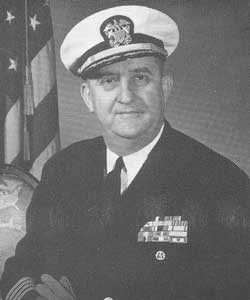
As it turns out, Stephan might have been one of the most distinguished soldiers from our neighborhood to serve in the U.S. Armed Forces.
Charles R. Stephan graduated from the U.S. Naval Academy at Annapolis in 1934, and went on to serve three decades in the U.S. Navy. He received two Bronze Stars and three Navy Crosses during his war service.
Following his service to the Navy, Stephan became a professor of ocean engineering at Florida Atlantic University, a department which he helped to found.
Stephan died at a Virginia Beach, Virginia, hospital on Aug. 30, 1998, at the age of 86. His wife, Eleanor, had preceded him in death, but he left behind four children, 11 grandchildren and nine great-grandchildren.
The late commander received a burial with full military honors at Arlington National Cemetery.
Sources: the Feb. 2, 1945, and May 30, 1985, Ridgewood Times, the U.S. Naval Institute, arlingtoncemetery.net and findagrave.com.
* * *
If you have any remembrances or old photographs of “Our Neighborhood: The Way It Was” that you would like to share with our readers, please write to the Old Timer, c/o Ridgewood Times, 38-15 Bell Blvd., Bayside, NY 11361, or send an email to editorial@ridgewoodtimes.com. Any print photographs mailed to us will be carefully returned to you upon request.


